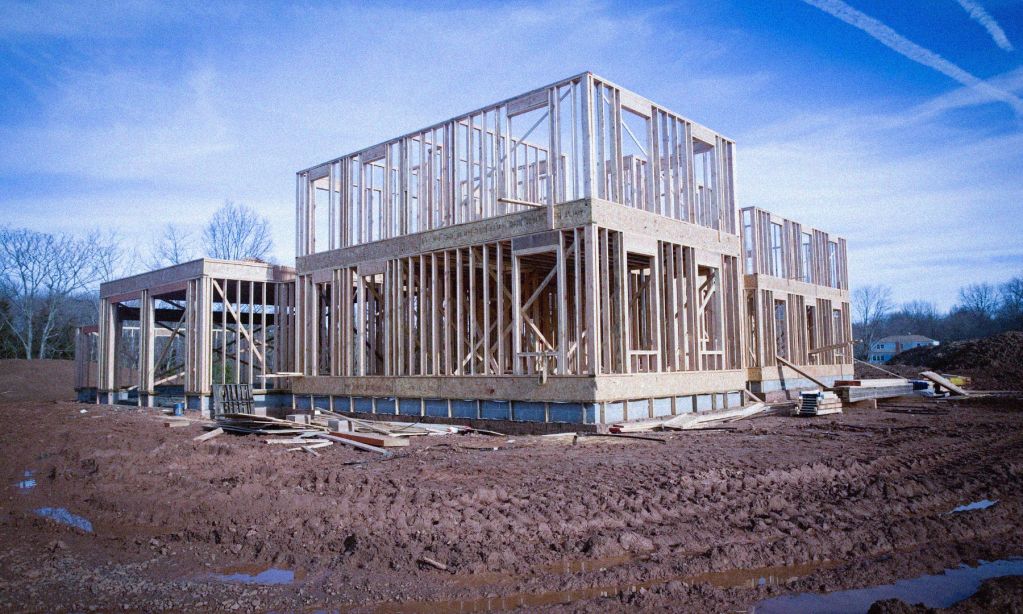When we hear about housing in Canada, there’s a clear, simple, and fairly consistent narrative across the political and media landscape: Canada has a housing affordability crisis and it’s being aggravated by a severe housing supply shortage. Given how basic this problem seems, the common sense solution really jumps out: build more homes.
Everyone agrees on the problem, people mainly agree on the solution—this seems like a good position to be in. The only hiccup—it isn’t true, or, at least, it’s such a dramatic oversimplification that it serves to obscure the truth.
There is indeed a problem with supply of rental housing, specifically. In the 1940s the Canada Mortgage and Housing Corporation (CMHC) created mortgage insurance to promote home-ownership. In the 1970s and ‘80s, provinces legalized condominiums, which caused rental apartment construction to fall off a cliff because developers could make more money faster building and selling condos. By 1993, the federal budget effectively ended the construction of social housing in Canada.
As Dr. David Wachsmuth, the Canada Research Chair in Urban Governance at McGill University explains, the “roots of the housing affordability crisis are in the rental sector, where we have a forty year history of not building any rentals, and where there’s no social housing.”
Canada actually has been building, building, building since that time—just not rental housing, and certainly not social housing. As property costs have skyrocketed and the Canadian population has grown, more people priced out of owning a home have been forced to compete for a stagnating quantity of rental housing. The supply issue, when it comes to rental housing, is real.
But according to a CMHC report, Canada faces a profound housing shortage across the board. The report claims we need to build 3.5 million additional homes on top of the two million homes CMHC predicts will already be built between 2019 and 2030 if current building trends hold, for a total of 5.5 million new homes. This is a huge number. For comparison, between 2011 to 2021, developers built 1.93 million homes in Canada. Is Canada’s population really growing this fast?
The answer is no. For the past several decades housing construction has tacked very closely with household growth, with housing supply slightly outpacing households. The CMHC report in fact predicts somewhere around 18.5 million units of housing by 2030, which would serve 17.5 million households under a business-as-usual scenario.
What they are saying is that one million extra homes is not enough, and that we actually need 22 million homes for these 17.5 million families. The report goes to pains to explain that the problem isn’t actually meeting physical housing needs for a growing population. Their question is not how many houses need to be built for people to live in, but how many houses need to be built in order to be “affordable” to middle class people.
The report offers two possible options to define “affordable,” a notoriously nebulous term in housing. The first is 30 per cent of after tax income—with exceptions for BC and Ontario, where they would be 44 per cent and 37 per cent. Their second proposal is to adopt a Canada-wide housing costs-to-disposable income ratio of 40 per cent. In both cases the CMHC sets these targets with the goal of achieving housing affordability levels similar to 2003-2004. Elsewhere, other CMHC guidelines simply setaffordability at 30 percent of after tax income across the board.
How would we achieve this if the only mechanism we are allowed to explore is private housing construction?
If we extrapolate from the past couple of decades and assume that no one is going to tackle housing speculation—because it would upset the substantial population who have staked their futures on it—then the only way to make property ownership affordable for average people would be to build a gigantic surplus of housing.
This raises some questions. Why would builders want to build 4.5 million more homes than there are households? Will the excess supply of housing sit empty?
The reason household numbers and construction numbers align is because it makes good business sense. If the government plans to change this with a host of tax credits and subsidies—which is a major part of the plan—why not spend that money on actually building social housing?
The CMHC report doesn’t consider the case of poorer Canadians, the effect building social housing might have on demand, or examine rentals as a separate entity—even though the rental market is in most dire need of new supply. It merely assumes that more homes would have a trickle down effect on rents.
The central issue with the framing of the housing supply issue is that it describes the problem as the product of an inflexible economic reality—which is not the case. Economic realities and political realities are enmeshed. Wachsmuth compared the housing market to the labour market, explaining that if there are a lot of “right to work” laws, this is a political reality that makes organizing more difficult and thus brings down wages. Conversely high union membership has ripple effects, raising wages amongst non-union workers as well.
“What would it look like to actually build our way out of the affordability crisis?” Wachsmuth asks. “I don’t think that’s an impossibility. It would require a different political economy.”
Governments constructing large amounts of social or non-market housing would radically reshape demand. Treating housing as a financial asset is the major problem, Wachsmuth says—and without addressing that, other interventions are unlikely to be very effective. Perhaps the most important takeaway from the CMHC report is that many issues facing us are not limited by economic laws of nature—but by political imagination.
The practical solution to the housing crisis comes when we allow ourselves to start imagining non-market solutions. The people in power who are tasked with understanding and solving the crisis are so ideologically committed to one policy option—private new build construction—and so afraid of upsetting people invested in real estate, that they are willing to expend vast amounts of time and resources researching and promoting a plan that cannot be implemented and is environmentally extremely wasteful.
Our question cannot be what system we can put in place to minimize the damage if there’s no appetite to curb speculation. Instead, we have to ask ourselves how to reach a point where there is a will to tackle the commodification of housing.







